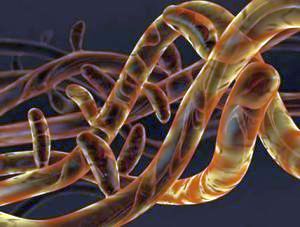WakeUpWorld January 19 2014
 Metal toxicants entering the part of the brain that deals with stress and panic have been linked to disorders dealing with the central nervous system. Increasing evidence indicates that damage to the locus ceruleus (LC), is present in a wide range of neurodegenerative diseases including demyelinating and psychiatric disorders.
Metal toxicants entering the part of the brain that deals with stress and panic have been linked to disorders dealing with the central nervous system. Increasing evidence indicates that damage to the locus ceruleus (LC), is present in a wide range of neurodegenerative diseases including demyelinating and psychiatric disorders.
There are a growing number of Clinicians and Scientists who are convinced that excitotoxins and heavy metals play a critical role in the development of several neurological disorders, including migraines, seizures, infections, abnormal neural development, certain endocrine disorders, specific types of obesity, and especially the neurodegenerative diseases; a group of diseases which includes ALS, Parkinson’s disease, Alzheimer’s disease, Huntington’s disease, and olivopontocerebellar degeneration.
The locus ceruleus (LC) is a nucleus in the pons (part of the brainstem) involved with physiological responses to stress and panic. It is the principal site for brain synthesis of the hormone and neurotransmitter norepinephrine (noradrenaline). It has been known for many years that toxicants (ie., poisons that are put into the environment or human body by human activity) that block the uptake of noradrenaline can damage the LC of experimental animals. The recent finding that a metal toxicant, inorganic mercury, selectively enters the cytoplasm of human LC neuron has prompted researchers to investigate how these toxicants cause many of these CNS disorders.
